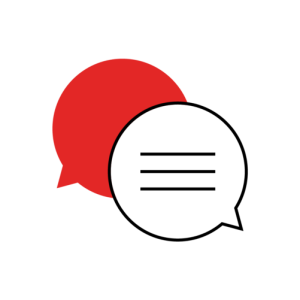Don’t have an account?
Select the donation type you’d like to make
Lifeblood calls for “liquid gold” donations in Penrith to help cancer survivors stay well
It has taken more than 1000 blood donations for 12 year-old Josh Miller to beat cancer, and he and his mother Kerryn are this week thanking donors in the Penrith area for helping children like him beat cancer. They visited Nepean Blood Donor Centre yesterday to personally thank those who roll up their sleeves, and are encouraging more people in the community to donate blood.
Although in remission, Josh will need monthly transfusions of a medication made from plasma, for the rest of his life, to keep his immune system strong enough to fight off illness and infection. Many patients like him have been vulnerable during the pandemic, and plasma has helped keep them healthy and well.
Josh was diagnosed in Acute Lymphoblastic Leukaemia in February 2018, when he was 9 years-old. Josh’s path to recovery came in early 2020, when he became the fifth paediatric patient in Australia to undergo CAR-T. It has taken 1000 blood donations to get him through extensive chemotherapy, a bone marrow transplant, as well as immunotherapy.
Josh has needed all the blood types of blood to beat cancer. Platelets during chemotherapy as well as red cells, and plasma to help his body cope and recover from the bone marrow transplant. He is now receiving ongoing medication made from plasma, called IVIG to ensure his immune system is strong enough to fight any infections or illness, as his body slowly recovers.
Red Cross Lifeblood is this week raising awareness at it’s Nepean Blood Donor Centre about the need for plasma donations to help cancer patients. Patient need for the life-saving “golden” part of blood – plasma – is at record high levels nationally. There are a growing number of patients relying on plasma donations for the treatment of cancer, immune disorders, haemophilia, trauma, and kidney disease.
Plasma contains antibodies, the body’s own little “ninja warriors”, that helps us fight infections and diseases. Plasma donations are a specialised type of blood donation that take around 30 minutes, and the donor’s red cells and platelets are returned to the body during the donation.
Lifeblood spokesperson Ronny Maroun said cancer patients were the nation’s largest users of donated blood, and more plasma donors are needed to join the “army” of helpers needed to keep them well.
“If you’ve ever donated plasma there’s a reasonable chance that your donation went to help a cancer patient, with a third of all blood collected use to treat cancer and blood diseases,”
“Cancer patients often need many transfusions of plasma and plasma medicines– not just one – over many months or even years, or even over a lifetime,”
“More than 31,000 blood donations are needed in Australia every week, with around 10,000 of these needed for cancer treatment,” Mr Maroun said.
“A patient recovering from cancer can need up to 30 plasma donations every month to make the medication they need,”
“Nearly every Australian has been touched by someone’s battle with cancer and many aren’t aware of the important role plasma has played in that person’s journey,” Mr Maroun said.

